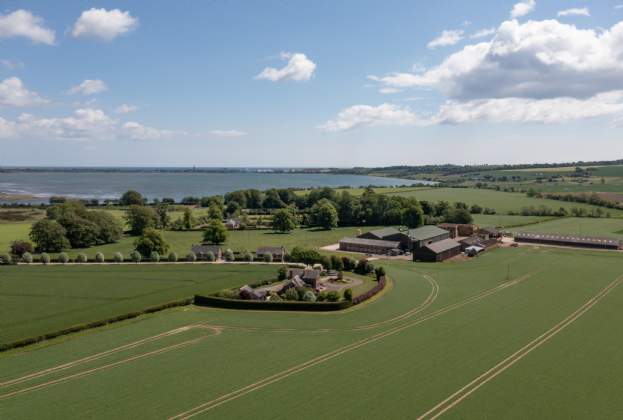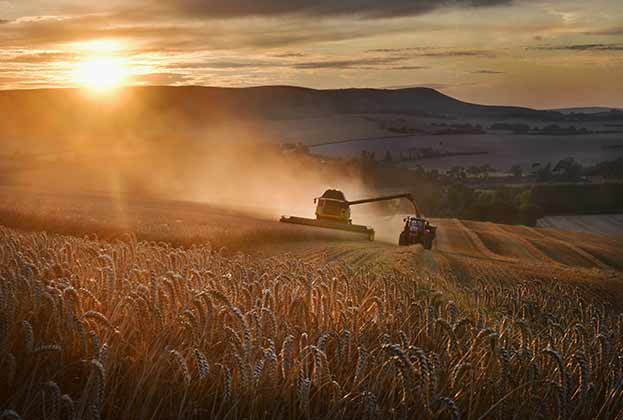Record low supply of farmland in 2019 looks almost certainly to be beaten in 2020, as the combination of Brexit, agricultural policy reform and the Covid-19 pandemic weigh on the market. Yet despite this uncertainty, farmland values have remained strong, highlighting the underlying confidence in rural investments and the ongoing resilience of the sector.
Publicly marketed farmland supply remains at historic lows, with 95,160 acres launched to market for the year to 30 September across Britain. Over half of this activity occurred between July and October and followed the momentum seen in June as the market emerged from lockdown.
This supply is 35 per cent down on the five-year average for Britain, with some larger differentials seen across Scotland (58 per cent down) and the South East (45 per cent down).
(1).jpg)
.jpg)
.jpg)
.jpg)



.jpg)
.jpg)
.jpg)
.jpg)